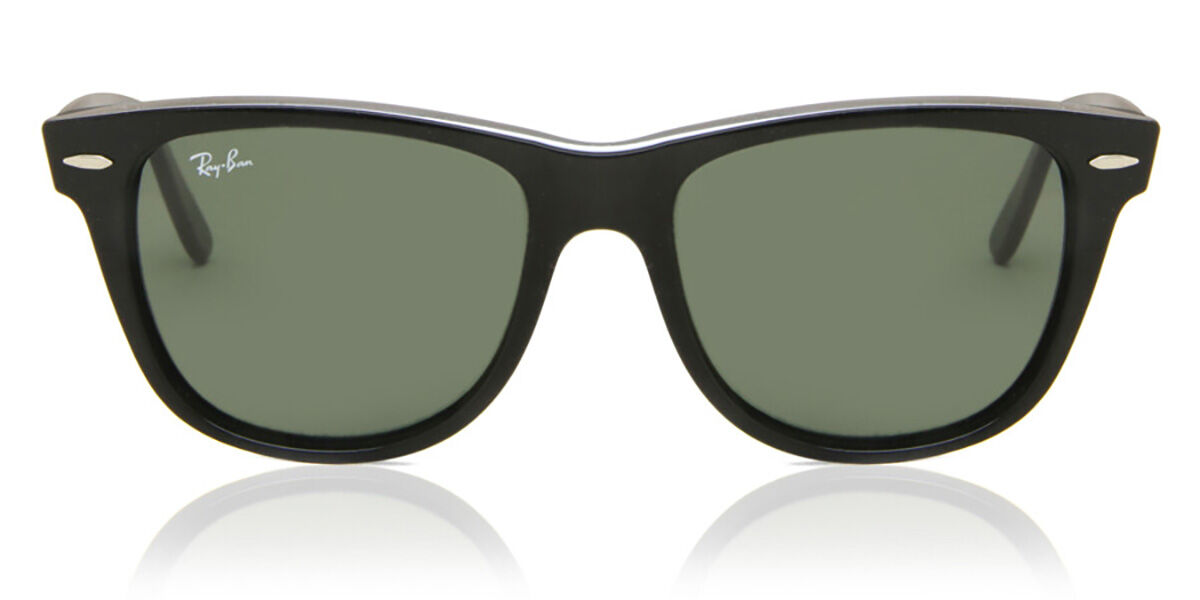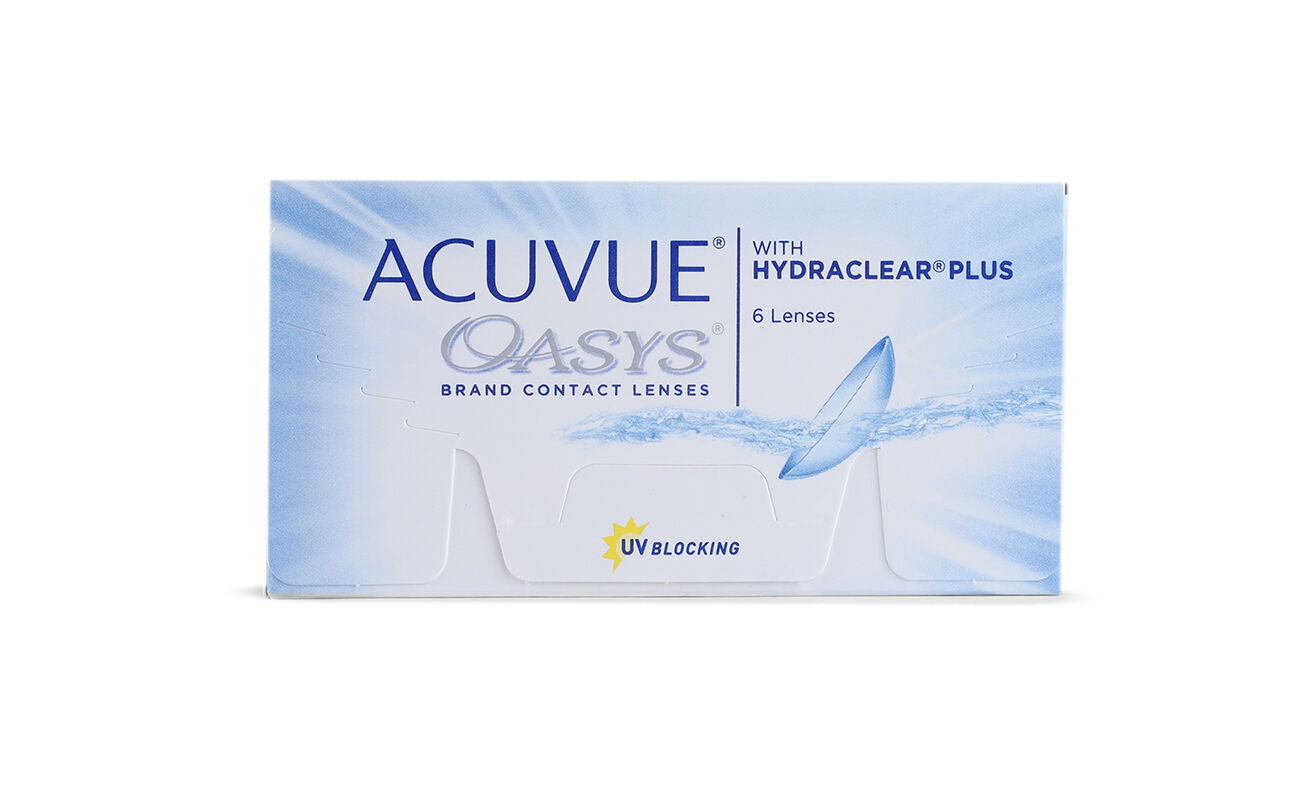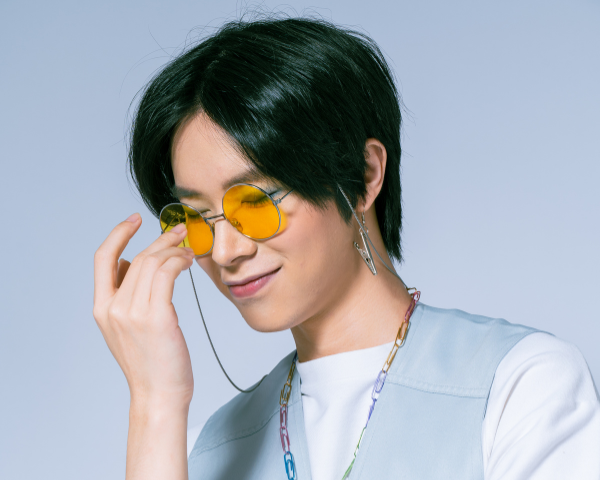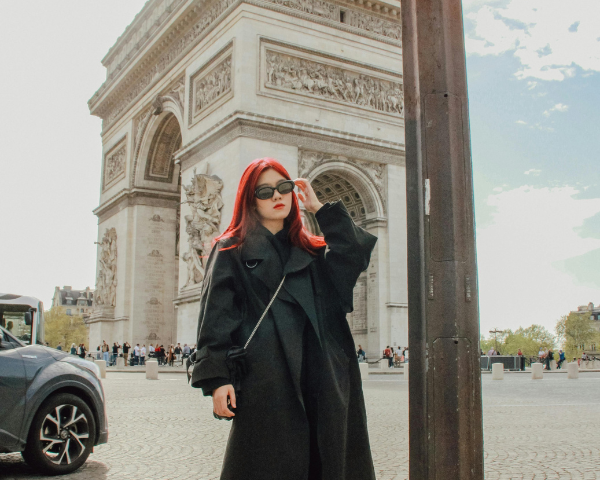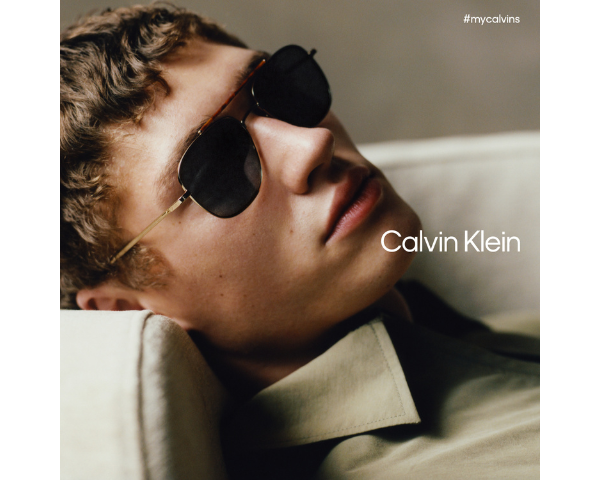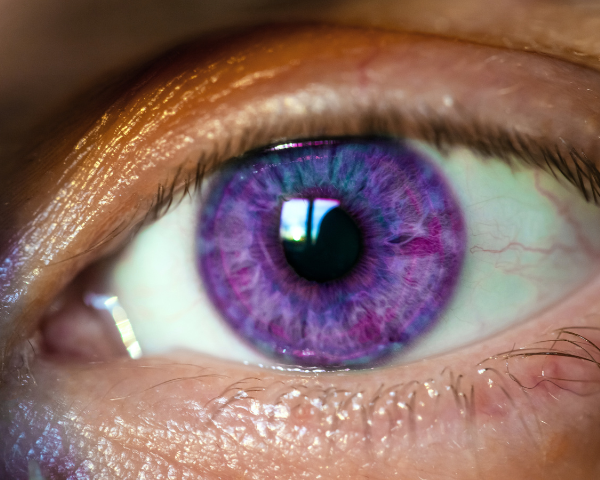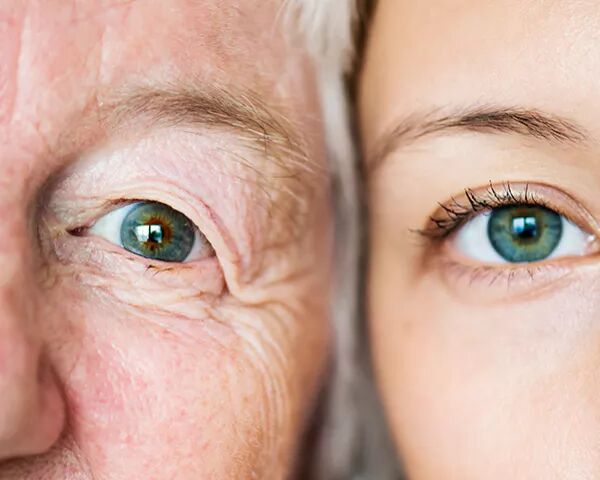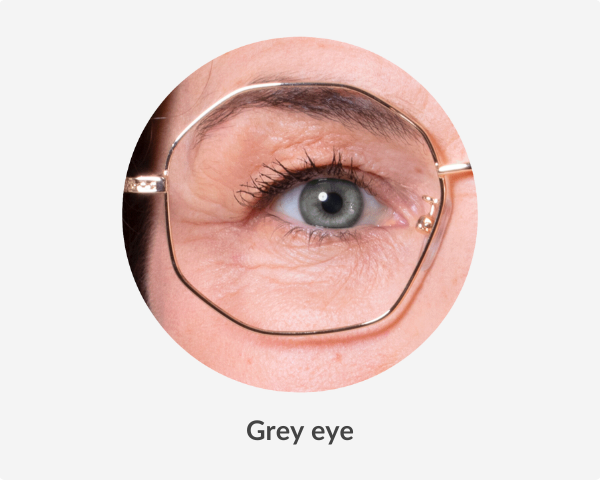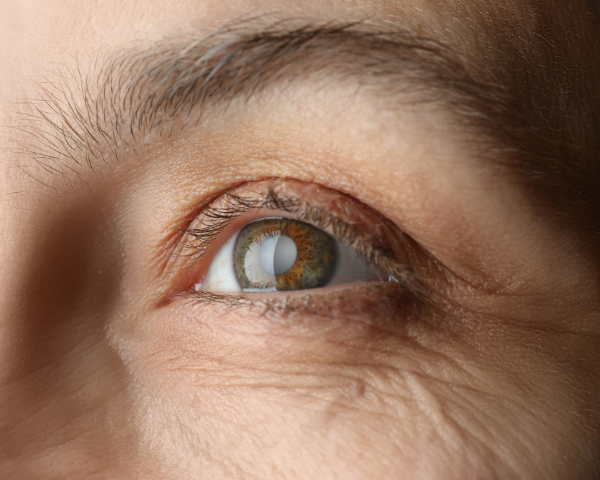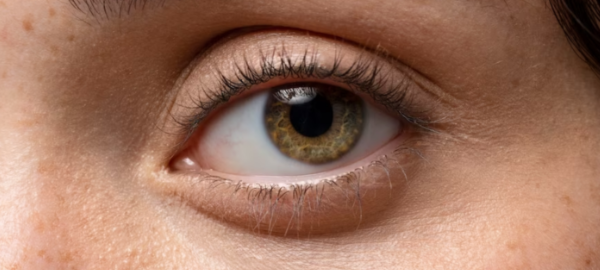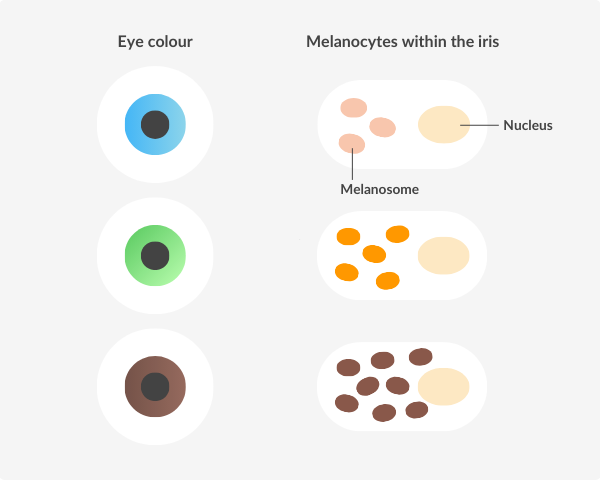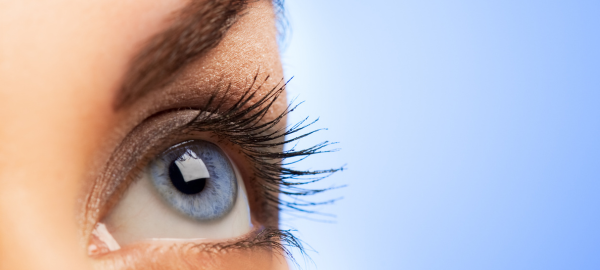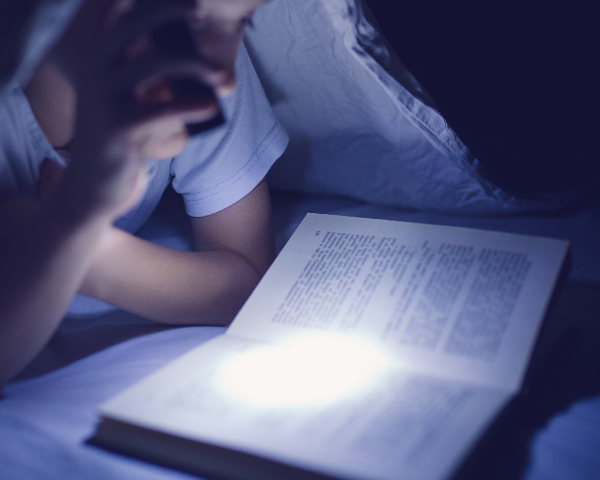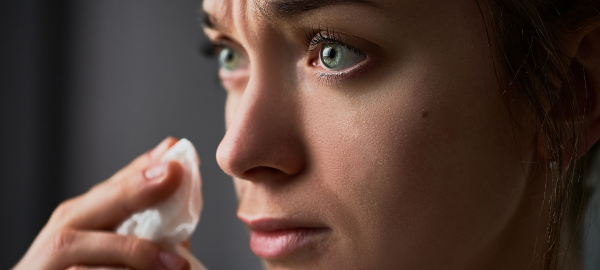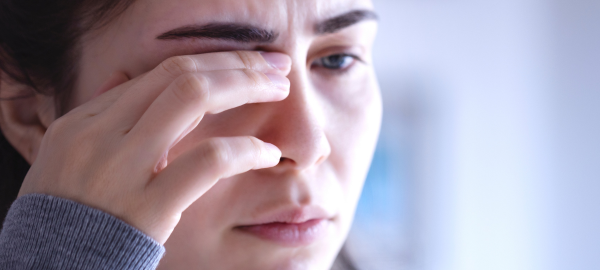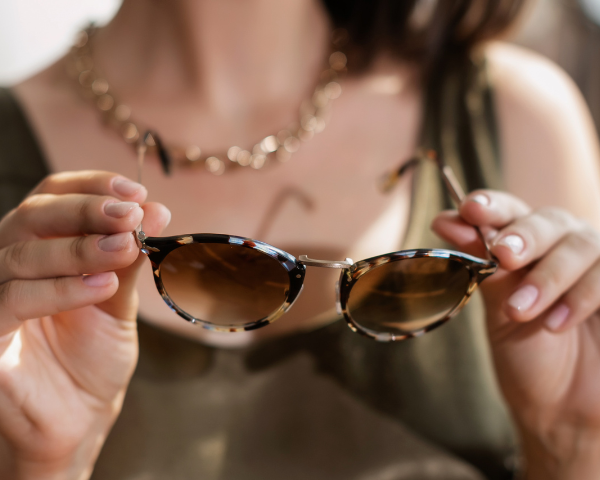Eyewear in Korean Fashion
For good reason, K-dramas and K-pop have done a great job of popularising Korean media, Korean culture and Korean food.
Actors and artists dazzle audiences with picture-perfect performances and outfits are second to none in importance.
Korean fashion is known for its elegance and masterful pairing of minimalist styles and statement pieces. This style extends to clothing and accessories, with eyewear an ever-popular choice to add flair.
Read on to learn about top eyewear trends in Korean fashion. From dramatic oversized frames to retro-round ones, there’s something for everyone.
Some of the top eyewear trends
What are the top eyewear trends in Korean fashion? There are plenty of eyeglasses and sunglasses options to choose from, so let’s break them down.
Oversized designs
Oversized designs are a popular choice in Korean fashion. Their rise in popularity among fashionistas and celebrities is for good reason– these frames can add a dramatic and mysteriously elegant feel to any outfit.

Oversized frames are versatile and work well with both casual and formal outfits. In addition, they suit all faces, from square to round.
Round glasses

Round glasses are another popular Korean eyewear trend, both with metal and plastic frames.
This style combines vintage fashion with a boho look, making it perfect for those striving for a quirky, nostalgic and elegant vibe.
Transparent clear frames

Transparent clear frames are one of the most popular styles in Korean eyewear choices– everyone loves their understated, subtle, yet sleek look.
They combine simplistic minimalism with a modern style and are very versatile as they go with outfits of all types and colours.
Fashionistas in Korea also love transparent coloured frames, which add an extra dash of style.
Cat-eye glasses

Korean fashion isn’t just about simplicity and minimalism; it can be quite daring and bold. This is where cat-eye designs come in– after all, a touch of drama can go a long way in making a style distinctive.
These frames take centre stage with their feminine and elegant edge, making them a big hit with women of all ages who love bolder designs.
And if you’re looking to dress to impress, choose models with eye-catching details, such as gold accents or diamante features.
Tinted lenses

In Korean fashion, daring, cool and super-trendy tinted lenses are a knockout. Popularised by K-drama actors and K-pop idols, these glasses make a statement.
Tinted lenses are very versatile and add a playful finish to your look. You can choose from a range of options, including everything from blues and pinks to more dramatic colours, such as purples and reds.
Diverse range of styles
Korean eyewear trends are diverse, ranging from playful and fun to elegant and sophisticated.
There’s something for all tastes and preferences, so what are you waiting for? Pick out some shades and elevate your K-fashion look to the next level.
Related articles


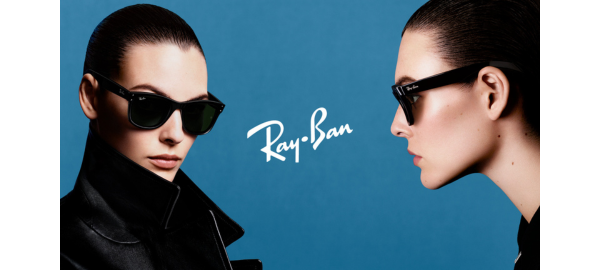
Related articles








































